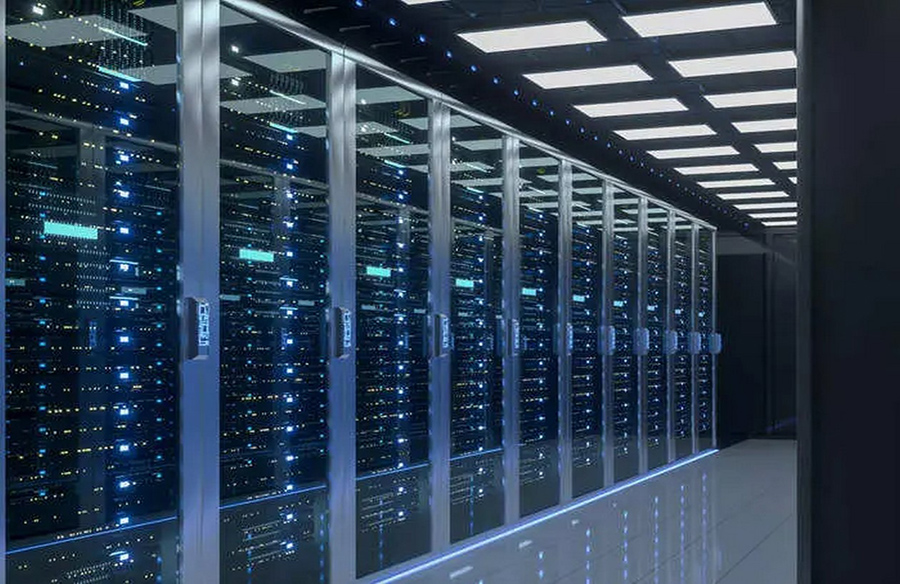In our increasingly digital world, activities like sending emails, shopping online, and streaming content on platforms like Netflix have become part of our daily routines. However, what often goes unnoticed is the environmental impact of our extensive cloud usage, powered by a vast network of data centers.
The Environmental Toll of Data Centers
Data centers, the backbone of our digital infrastructure, operate round the clock to support our online activities. These facilities consume significant amounts of energy and water, primarily due to the constant cooling required to maintain optimal temperatures for the multitude of servers and routers they house. As demand for data analytics and AI-driven technologies grows, so does the strain on these resources.
The Quest for Greener Technologies
To address the environmental challenges posed by data centers, there is a growing need for sustainable solutions. Liquid cooling technology has emerged as one such promising innovation. By directly cooling microchips with water-based coolant, solutions like JetCool’s SmartPlates aim to mitigate the heat generated by electronic devices more efficiently than traditional air cooling methods.
JetCool’s Innovative Approach
Founded by Bernie Malouin, JetCool has developed metal plates equipped with hundreds of jets that facilitate the precise removal of hot spots on microchips. This targeted cooling approach not only enhances efficiency but also reduces overall power consumption. Internal tests have shown that JetCool’s technology could potentially save data centers up to 15% of their energy usage.
Partnerships and Future Prospects
JetCool has already made strides in the industry, with collaborations with companies like Sabey Data Centers demonstrating significant reductions in power consumption. While implementing new cooling strategies may be costly for existing data centers, JetCool’s technology holds promise for new builds. Moreover, with major players like Microsoft exploring liquid cooling solutions, the demand for innovative technologies is on the rise.
Outlook and Potential Impact
With Europe’s updated energy-efficiency regulations incentivizing data centers to adopt more sustainable practices, JetCool sees vast opportunities for growth. The company’s focus on addressing the smallest components of the data center ecosystem underscores its commitment to solving one of the biggest challenges facing the tech industry today: balancing innovation with environmental responsibility.




Leave a Reply